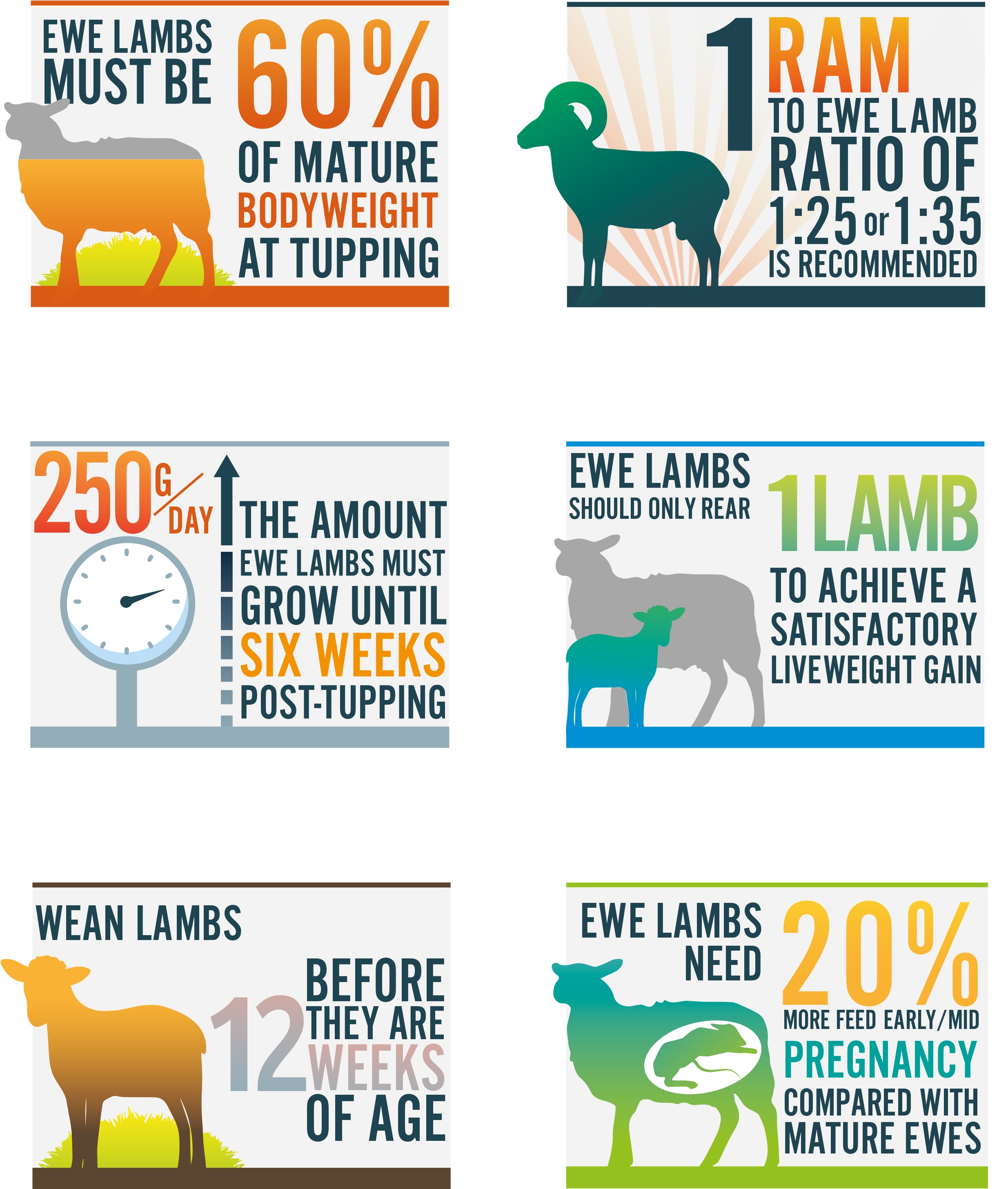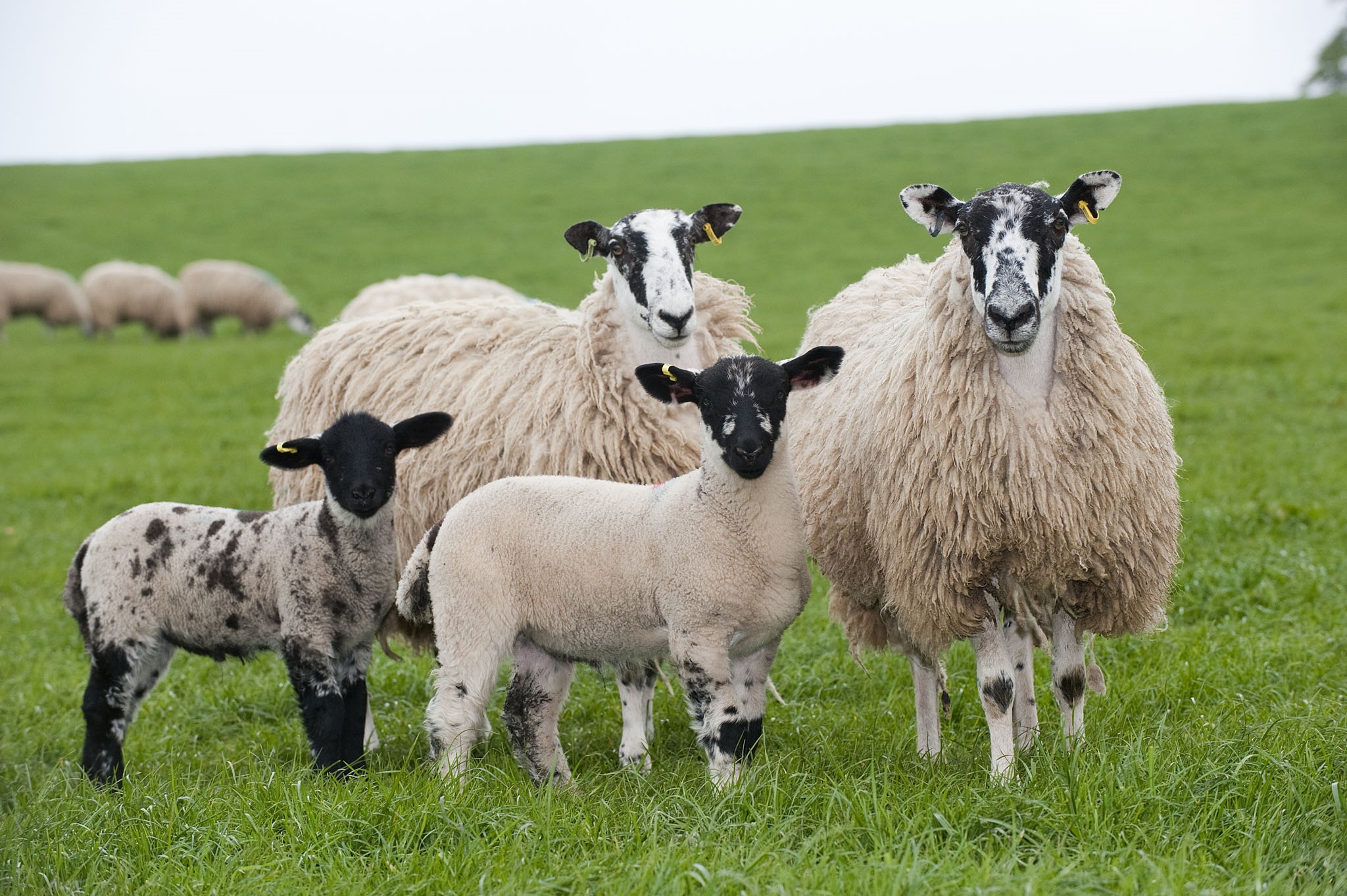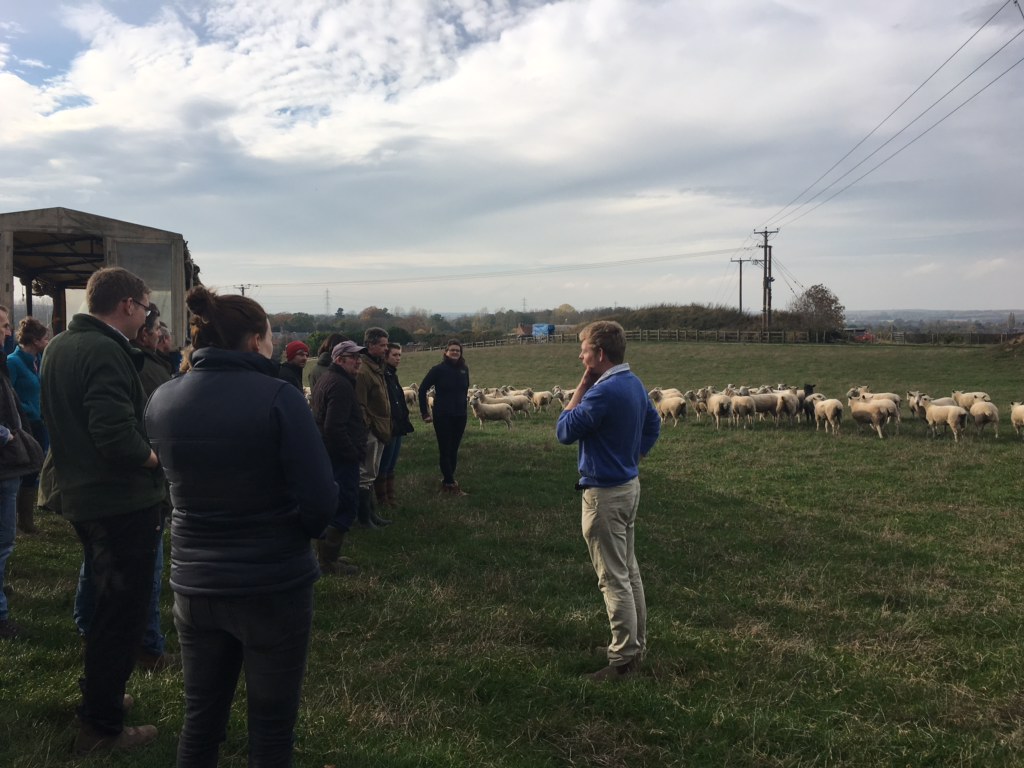- Home
- Knowledge library
- Breeding from ewe lambs
Breeding from ewe lambs
This series covers management from tupping to lambing. For those already lambing from ewe lambs this series may help you improve the reproductive performance of these sheep.
With good husbandry and nutrition, lambing ewe lambs could improve the financial viability of sheep systems and reduce the number of breeding females kept.
How to breed from ewe lambs successfully:

It is thought that up to half of English lowland flock replacement females could give birth at one year of age. Limitations in ewe lamb size, liveweight and age can restrict ewe lambs’ breeding potential.

Source: North of England Mule Sheep Association
Key messages:
- Ewe lambs have lower fertility than mature ewes, but higher lifetime production if managed well
- Lambing replacements as ewe lambs will provide a source of income
- Lambing ewe lambs could reduce the greenhouse gas emissions generated per kilogram of carcase meat produced by approximately 9.4% over six years
- During early and mid-pregnancy and lactation, ewe lambs require 20% more feed than mature ewes to sustain continuing body growth to achieve 80% of mature liveweight when tupped as shearlings
- Ewe lambs do not require additional feeding in the last six weeks of pregnancy – this can lead to large lambs
Ewe lambs may be more prone to udder injury and mastitis
Top tips for managing ewe lambs:
· You should ensure ewe lambs are managed separately from shearlings and mature ewes all year round
· Ensure you Pregnancy scan to identify non-pregnant animals and litter size
· Ideally, ewe lambs should produce and rear one lamb, with spare lambs fostered
· The lambs of ewe lambs should be creep-fed and weaned at 9–12 weeks of age
Practicalities of ewe lambs
There are some practical considerations associated with management around lambing time. These include:
- Limited housing space
- The need to manage as separate groups
- Extended lambing period
- Considerably more supervision is required throughout lambing
- Mothering ability
- Colostrum quality and milk supply
For the latest research in managing replacement breeding sheep take a look at our Challenge Sheep project
 Our project aims to understand the consequences of the rearing phase on the lifetime performance of ewes. Traditionally, liveweight has been the main focus for ewe lambs.
Our project aims to understand the consequences of the rearing phase on the lifetime performance of ewes. Traditionally, liveweight has been the main focus for ewe lambs.
Covering both sheep bred as ewe lambs and shearlings, the project will track 9,000 replacements from a range of English sheep farms over seven years to understand how flock performance can be improved. The project aims to create new information and highlight existing material on managing ewe replacements.
Farmers taking part in the Challenge Sheep project are collecting data via electronic identification (EID) – weights, BCS, lambing data and lamb performance. The first year of data has shown the importance of BCS and weight at mating in relation to how their lambs perform.
Click here for the latest updates and more information on the farmers taking part in the project.
Explore more in this series
Topics:
Sectors:
Tags:









